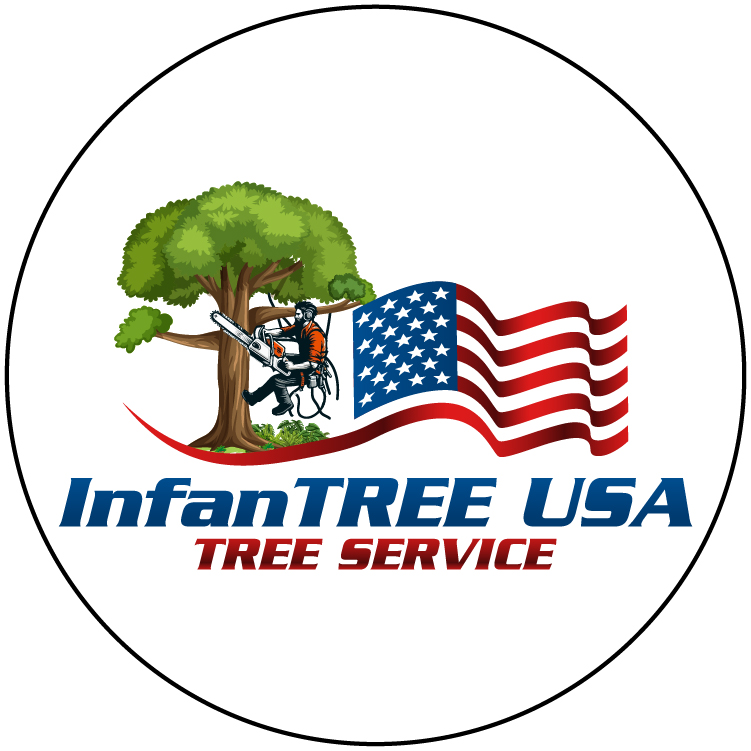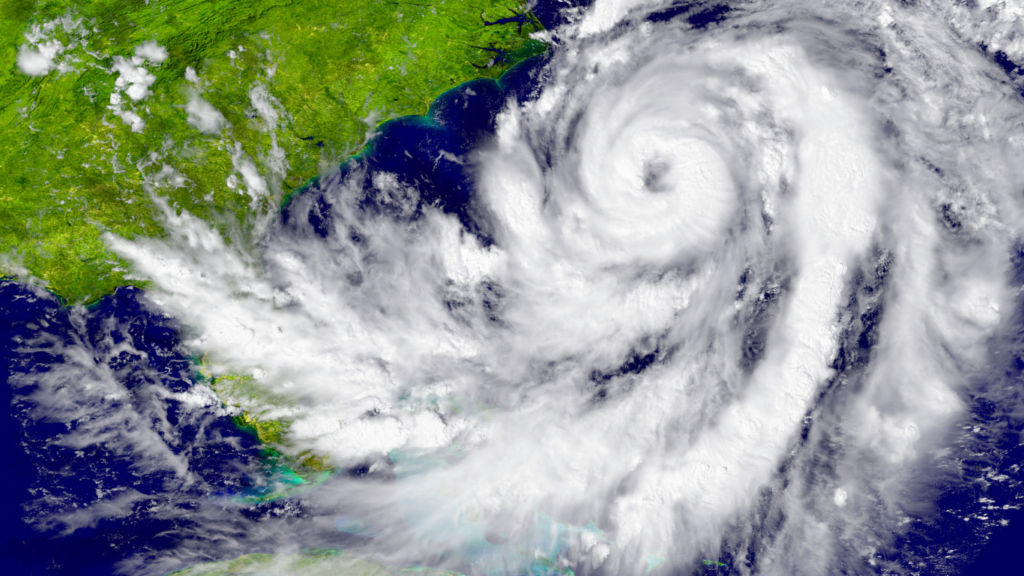Time to cross your T’s and dot your I’s! Hurricane season is just around the corner, officially starting on June 1. It’s the perfect time to hire an expert tree maintenance service to trim those branches that could soon become deadly projectiles. The Florida Emergency Management’s Hurricane Preparedness plan has drawn attention across Florida. The initiative focuses on the preparation for the incoming 2024 Atlantic Hurricane Season.
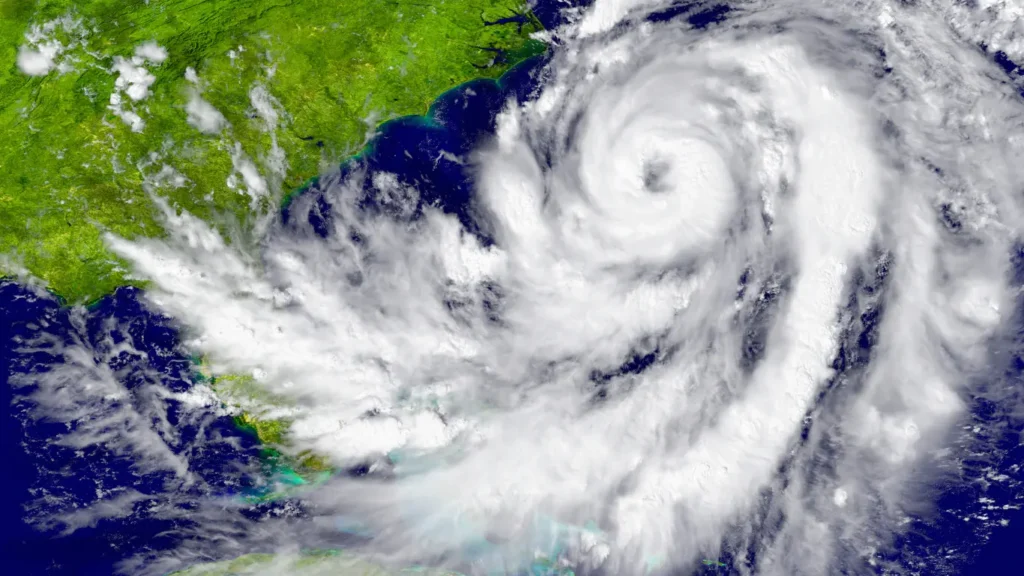
Florida Division Executive Director Kevin Guthrie calls all Floridians to be vigilant and prepare emergency kits for the coming storm season.
Tree Care for Public Well-being
The upcoming storm will bring heavy flooding, hurricane-force winds, and a big storm surge. However, another important issue is the danger of tree hazards, as these winds and the surge can exacerbate the potential for damage.
In such conditions, broken windows and smashed windshields would be the least of your problems. That is why it is paramount that you hire the services of a professional arborist to mitigate these risks effectively.
Mitigating Risks from Hazardous Trees
Hurricanes and heavy storms can pose several tree-related hazards. Impacting both the trees and the surrounding areas. Here are some of the main hazards associated with such weather events:
- Wind Damage: Strong winds can break branches, uproot trees, and cause trees to lean dangerously. This can damage property, blockage of roads, and potentially cause injuries to people.
- Waterlogging and Soil Erosion: Heavy rains can saturate the soil, reducing its ability to anchor roots and making trees more susceptible to uprooting. In addition, excessive water can cause soil erosion, further destabilizing trees.
- Falling Trees and Limbs: The risk of trees or limbs falling increases significantly during hurricanes and storms. This threatens life, property (vehicles, homes, and power lines), and infrastructure.
- Debris: Broken branches, leaves, and fallen trees increase the risk of flooding. Debris blocks drainage systems and complicates clean-up efforts.
- Disease and Pest Infestation: Damaged trees may become more vulnerable to diseases and pest infestations. Leading to further losses if it spreads to healthy trees.
- Saltwater Intrusion: Hurricanes can bring saltwater onto land in coastal areas. Trees and plants not adapted to high salinity levels are potentially harmed.
- Flooding: Prolonged flooding can suffocate tree roots, leading to tree death or weakening over time.
Getting trees ready for storms by trimming, picking suitable types, and checking their health is key to lowering risks. After a storm or hurricane, a professional can assess which trees are safe to keep and which are still dangerous.
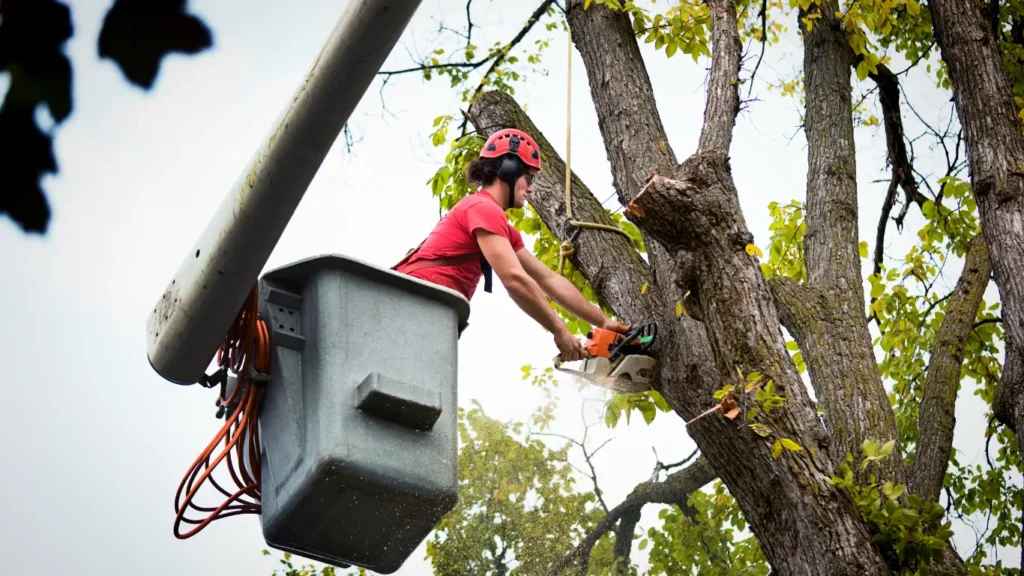
Tree Maintenance Techniques
Expert tree maintenance is crucial for health, safety, and aesthetic appeal. Here are some key techniques used in tree maintenance, along with brief descriptions of each:
- Trimming: This process involves carefully cutting off parts of a tree, such as branches, buds, or roots. Pruning is done to remove dead parts, shape the tree, and maintain health. It also prevents falling branches and improves light and airflow to the tree’s interior or below.
- Watering: Trees require adequate water to thrive, especially when young or newly planted. Watering helps support root growth and overall health. The amount and frequency depend on the species and local climate conditions.
- Mulching: Applying mulch around a tree helps retain soil moisture, reduce weed competition, and improve soil structure. It should be applied in a thick layer but not touching the tree trunk to avoid moisture buildup against the bark.
- Fertilization: Trees occasionally need additional nutrients to maintain vigorous growth. Fertilizer application should be based on soil nutrient content and tree requirements. Over-fertilization can harm trees and the environment.
- Pest and Disease Management: Regular inspections can detect pest infestations and diseases early. Integrated Pest Management (IPM) strategies use the most environmentally sensitive approach to managing pests and diseases.
- Staking and Guying: Newly planted trees may require support to prevent windrock and ensure the roots become well established. Stakes or guy wires should be used judiciously and removed once the tree is stable.
- Aeration: Soil compaction can limit root growth and water infiltration. Aeration involves perforating the soil around the tree to improve oxygen and water availability to the roots.
- Root Care: Protecting the root zone from damage, compaction, and erosion is crucial. Avoid heavy machinery and construction activities in the root zone to protect roots and ensure tree health.
- Tree Inspection: Regular inspections by a certified arborist can identify potential problems early. This includes checking for structural issues, signs of disease or pests, and other tree health stressors.
- Protecting Trees from Mechanical Damage: Trees should be protected from damage by lawnmowers, string trimmers, and other equipment. Physical damage to the trunk and root system can lead to decay and weaken the tree.
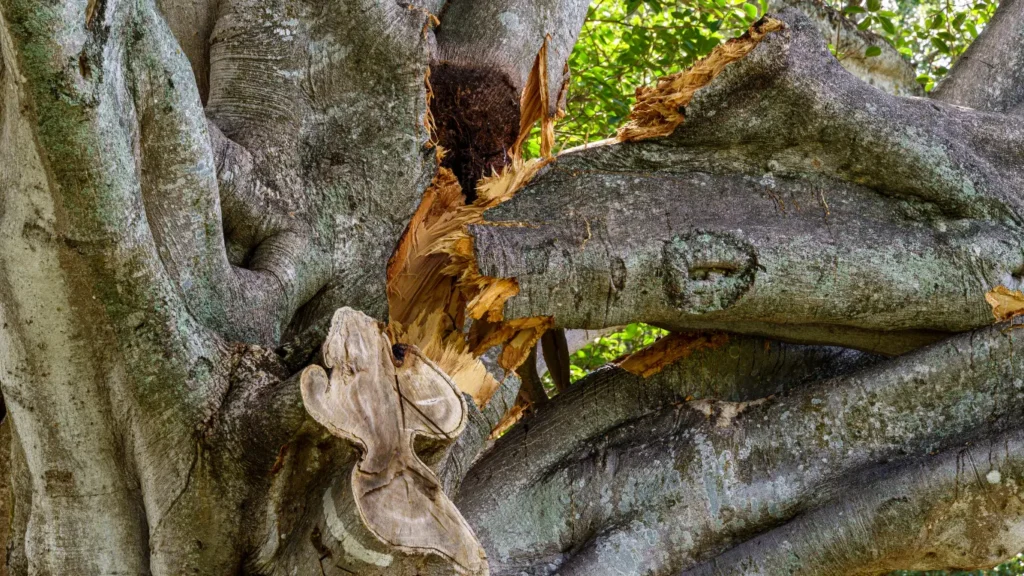
Tree Damages During Hurricanes or Storms
Trees can cause various types of damage during hurricanes or storms. These damages can significantly impact properties and infrastructure and even threaten human safety. Here’s a list of common damages caused by trees during such severe weather events:
- Property Damage: Trees or tree limbs can fall on homes, vehicles, and other structures, causing significant damage. The weight and speed of a falling tree can crush roofs, break windows, and destroy fences.
- Power Outages: Trees or branches that fall onto power lines can cause widespread power outages. This disrupts electrical service, can affect communication services, and can spoil refrigerated goods.
- Blocked Roads and Pathways: Fallen trees and branches block roads, slow emergency help, and interrupt daily travel. This can delay rescue operations and make it difficult for people to evacuate or return home.
- Injury to People: Flying debris from broken tree limbs can lead to injuries during storms. Falling trees and branches pose a direct threat to anyone in their path.
- Damage to Underground Utilities: Storms can knock over big trees, damaging underground water, sewage, and gas lines. This can cause service disruptions and safety risks.
- Landscape Damage: Hurricanes and storms can wreck gardens, remove plants and soil, and make repairs difficult and costly.
- Increased Debris: Storms often leave lots of tree debris, like leaves and branches, needing quick cleanup to avoid risks.
- Drainage Blockages: Tree debris can clog storm drains, causing floods and increasing stormwater damage.
- Secondary Damage from Pests and Disease: Damaged trees attract pests and diseases, risking healthy trees and causing more damage even after the storm.
Why Hire the InfanTree USA Tree Service Crew
Get your trees hurricane-ready with InfanTree USA. Our experts specialize in tree care that strengthens and protects your property against storms. Our professional pruning, tree removal, and safety strategies ensure peace of mind. Choose InfanTree USA for reliable, expert tree service and face hurricane season confidently.
Conclusion
Preparing trees for hurricane season is essential in safeguarding property and community safety. It is not only a preventive measure but also a smart decision for the longevity and health of your landscape.
For the full article on Florida Emergency Management’s Hurricane Preparedness Plan, please visit the floridadisaster.org website.
“Prevention is Better than Cure”
~Desiderius Erasmus
